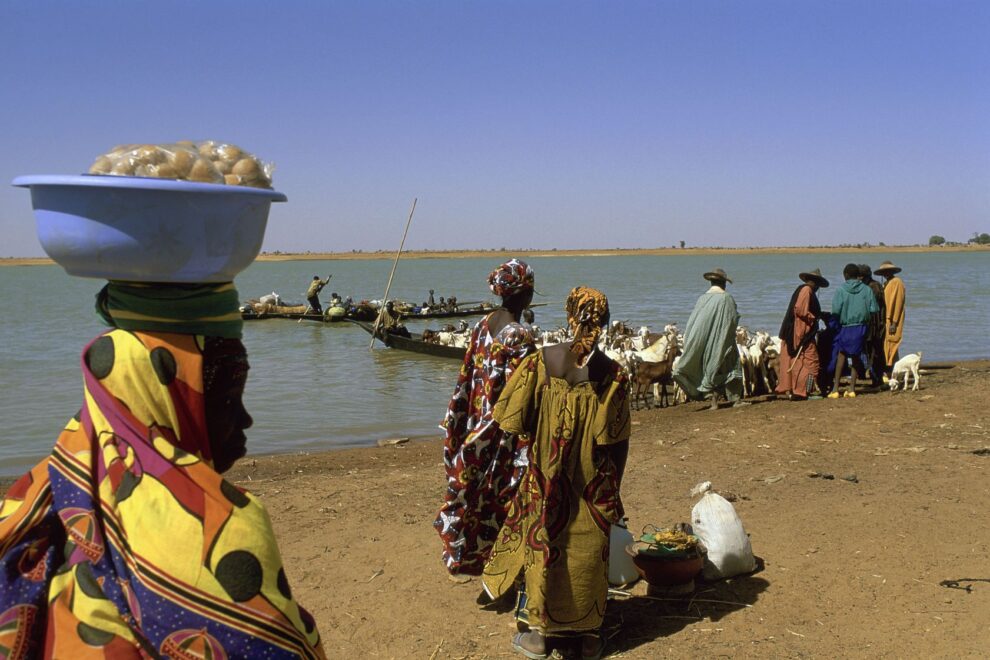Since 2015, European partners have funded interventions in the Sahel to help countries like Niger, Burkina Faso and Mali increase their capacity to regulate and control migration. Through these interventions, the European Union has set precedents and encouraged securitised policies that reinforce the security interests of governments in the Sahel, and undermine the capacity of regional and continental organisations to establish comprehensive migration frameworks.
Key findings
The European Union (EU) has favoured a route based approach to migration in the Sahel aimed at deterring northbound journeys to North Africa along the Central Mediterranean Route and targeting irregular migrants ‘at the source’. This approach is inadequate in a context like the Sahel.
The EU’s approach to migration in the Sahel specifically aims to counter irregular arrivals in Europe but lacks a strategic vision and an associated protection framework.
The EU’s approach does not address the fast-growing displacement crisis unfolding in the Sahel due to rampant instability. Such instability is, paradoxically, what drives Europe’s engagement in the Sahel.
EU-funded efforts to curtail irregular migration have focused on returns of people back to their countries or regions of origin. This has set a precedent for governments in the Sahel to prioritise border protection over the protection of people on the move.
The EU intervention assumes that people leaving North Africa’s shores transit first through countries like Niger. However, some migrants, such as those in Libya, have used sea crossings to escape violence, abduction and extortion in Libya. By targeting Niger as the ‘low-hanging fruit’ of migration cooperation instead of Libya, EU-sponsored counter-smuggling policies may not achieve their goal of stopping transit migrants.
Source: Reliefs Web











